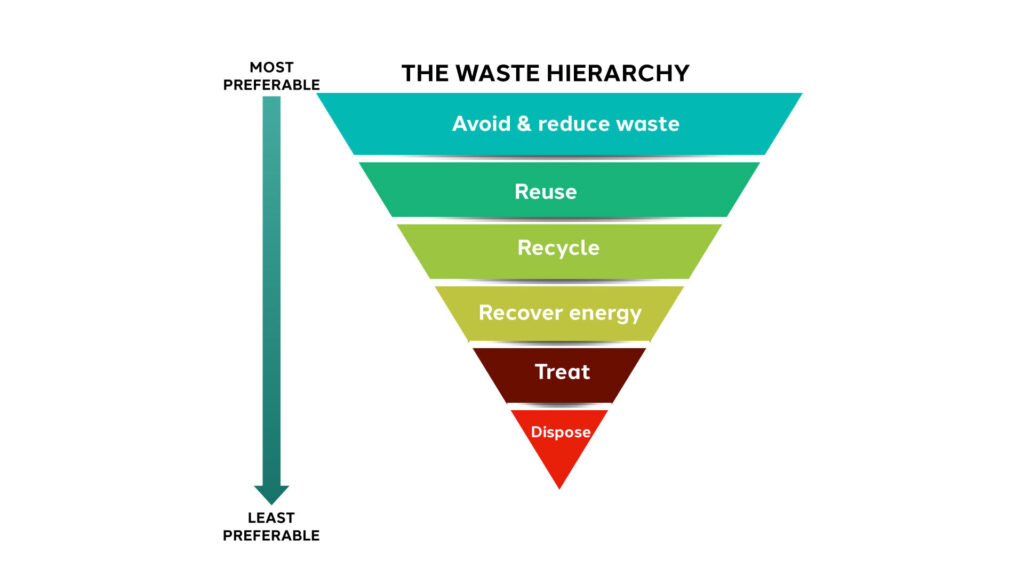At Reviva and Resource Recovery Australia, we’re big advocates for reuse, buying second hand, and recycling. We believe that everyone has a role to play in reducing waste and protecting the environment.
One way to reduce waste is to follow the waste hierarchy. The waste hierarchy is a set of guidelines that prioritises waste prevention over other waste management methods.
The waste hierarchy is a pyramid, with the most preferred waste management method at the top and the least preferred method at the bottom. The five steps of the waste hierarchy are:
Avoid and reduce waste : This is the most preferred waste management method. It involves avoiding the creation of waste in the first place. For example, you can prevent waste by:
- Buying less,
- Repairing items instead of throwing them away, and
- Buying products that are made from recycled materials.
Reuse: This involves giving used items a new life. For example, you can reuse items by:
- Donating them to charity including reuse shops and op shops,
- Buying second hand instead of new wherever possible, and
- Giving them to friends or family.
Recycling: This involves breaking down used materials so that they can be used to make new products. For example, you can recycle paper, plastic, metal, and glass. Don’t forget you can recycle polystyrene and mattresses at some of our sites!
Recover energy: This involves converting waste into energy.
Disposal: This is the least preferred waste management method. It involves sending waste to a landfill.
It’s important to remember that the waste hierarchy is a hierarchy. This means that we should always try to prevent waste, and only resort to other methods if prevention is not possible.
By following the waste hierarchy, we can all help to reduce the amount of waste that ends up in landfill. This will help to protect the environment and conserve natural resources. When you choose to support charity shops like Reviva, you’re also supporting our local community. It’s win-win.
What else can you do?
- Repair items instead of throwing them away.
- Upcycle and think outside the box.
- Buy second hand.
- Bring your own reusable bags when you go shopping.
- Avoid single-use plastics, such as straws and plastic bags.
- Compost your food scraps.
- Buy products that are made from recycled materials.
By following these tips, we can all make a difference in reducing waste and protecting the environment.
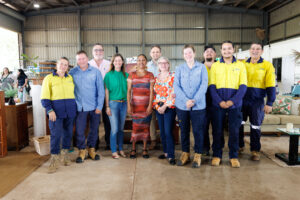
Celebrating a Fresh Start for Reuse in the Top End: Reviva Darwin Officially Opens Its Doors
Welcome to Reviva Ibis Rockhampton! Our latest video takes you on an inspiring tour of our Rockhampton site, highlighting the important work our team is doing to support sustainability and make a difference in the local community.
At Reviva Ibis Rockhampton, we’re redefining waste by turning it into an opportunity. Through our #WASTE2WAGES model, we give discarded items a new lease on life, diverting waste from landfill and transforming it into valuable resources.
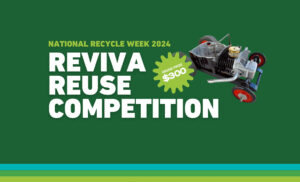
The Reviva Reuse Competition Winners
Celebrating Creativity and Sustainability: The Reviva Reuse Competition Winners
At Resource Recovery Australia (RRA), we believe in the incredible potential of reuse and upcycling to create sustainable communities. That’s why this year’s Reviva Reuse Competition was such an exciting event, showcasing the amazing ways everyday items can be transformed into something extraordinary.
Now in its fifth year, the competition brought together talented individuals from across Australia, each with their own unique take on reuse and repurposing. From upcycled sculptures to functional spaces, the creativity on display was truly inspiring.
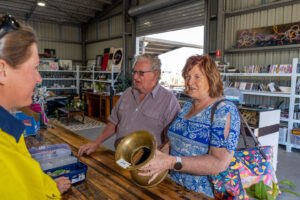
Discover Reviva Ibis Rockhampton: Redefining Waste and Community Impact
Welcome to Reviva Ibis Rockhampton! Our latest video takes you on an inspiring tour of our Rockhampton site, highlighting the important work our team is doing to support sustainability and make a difference in the local community.
At Reviva Ibis Rockhampton, we’re redefining waste by turning it into an opportunity. Through our #WASTE2WAGES model, we give discarded items a new lease on life, diverting waste from landfill and transforming it into valuable resources.
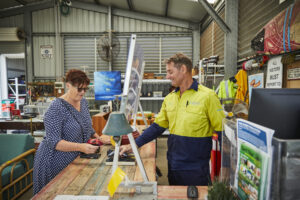
Addressing Consumption to Tackle Waste in Australia
Australia faces a critical challenge: can we move beyond our linear business-as-usual approach to truly embrace a circular economy? Gayle Sloan, CEO of the Waste Management and Resource Recovery Association of Australia (WMRR), highlights that while Australians are concerned about the environment, our materialistic lifestyle drives waste generation. Since 2005, Australia’s waste per capita has surged, underscoring the need for a national conversation on consumption.

Reviva: More Than a Tip Shop
Reviva: More Than a Tip Shop – It’s a Reuse Shop with a Purpose
At Resource Recovery Australia (RRA), we’re more than just a waste management organisation. As a not-for-profit social enterprise, we’ve spent the last 30 years dedicated to keeping waste out of landfill, creating job opportunities for people experiencing barriers to work, and fostering community engagement. One of our standout initiatives is Reviva, our reuse shops that embody the principles of sustainability and social impact.
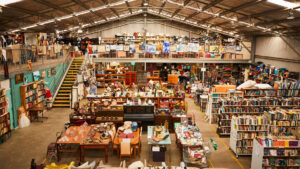
Why living sustainably is great for your budget, environment and community
In a world where every choice we make can have a lasting impact, the concept of “green living” or embracing a more sustainable lifestyle is

